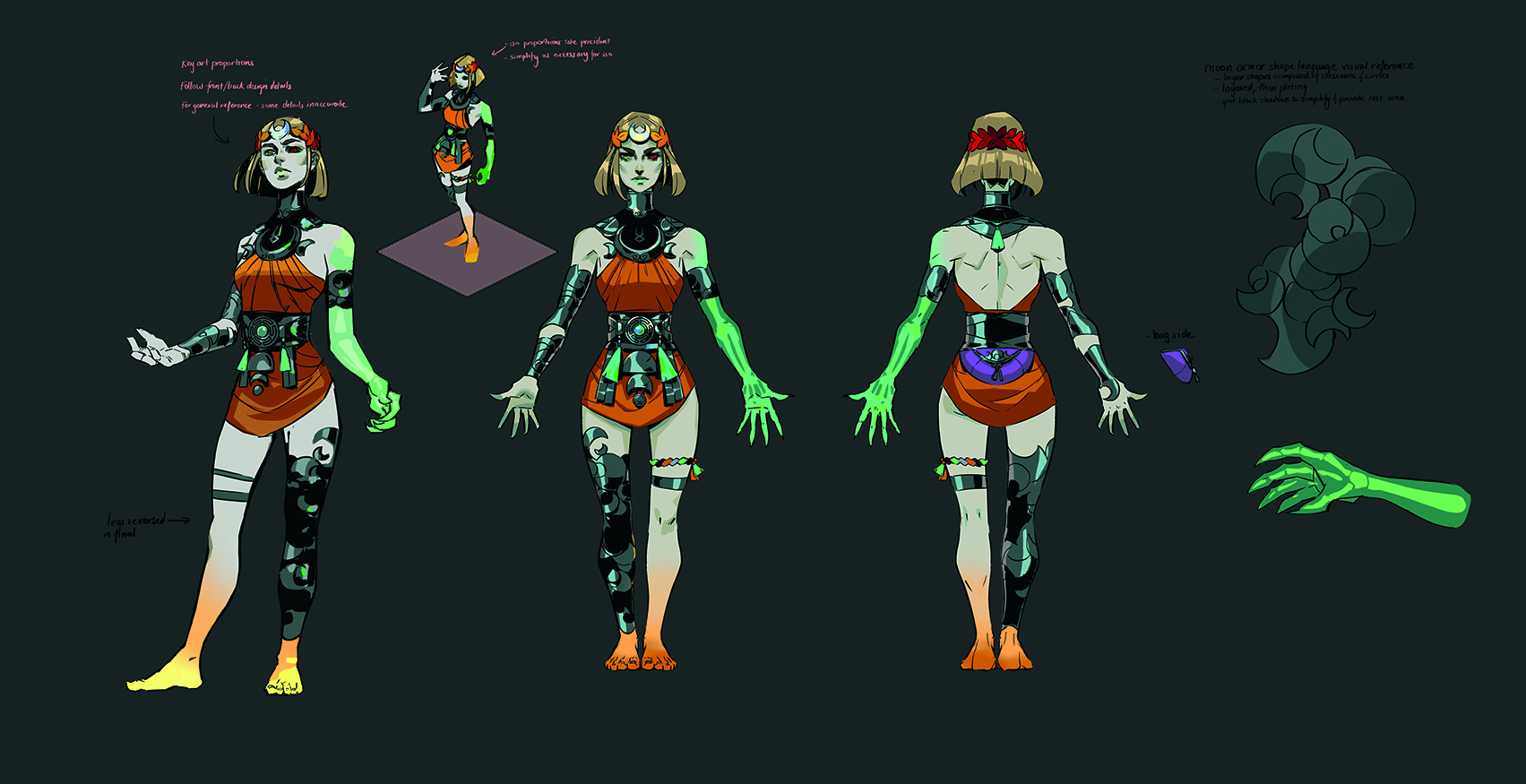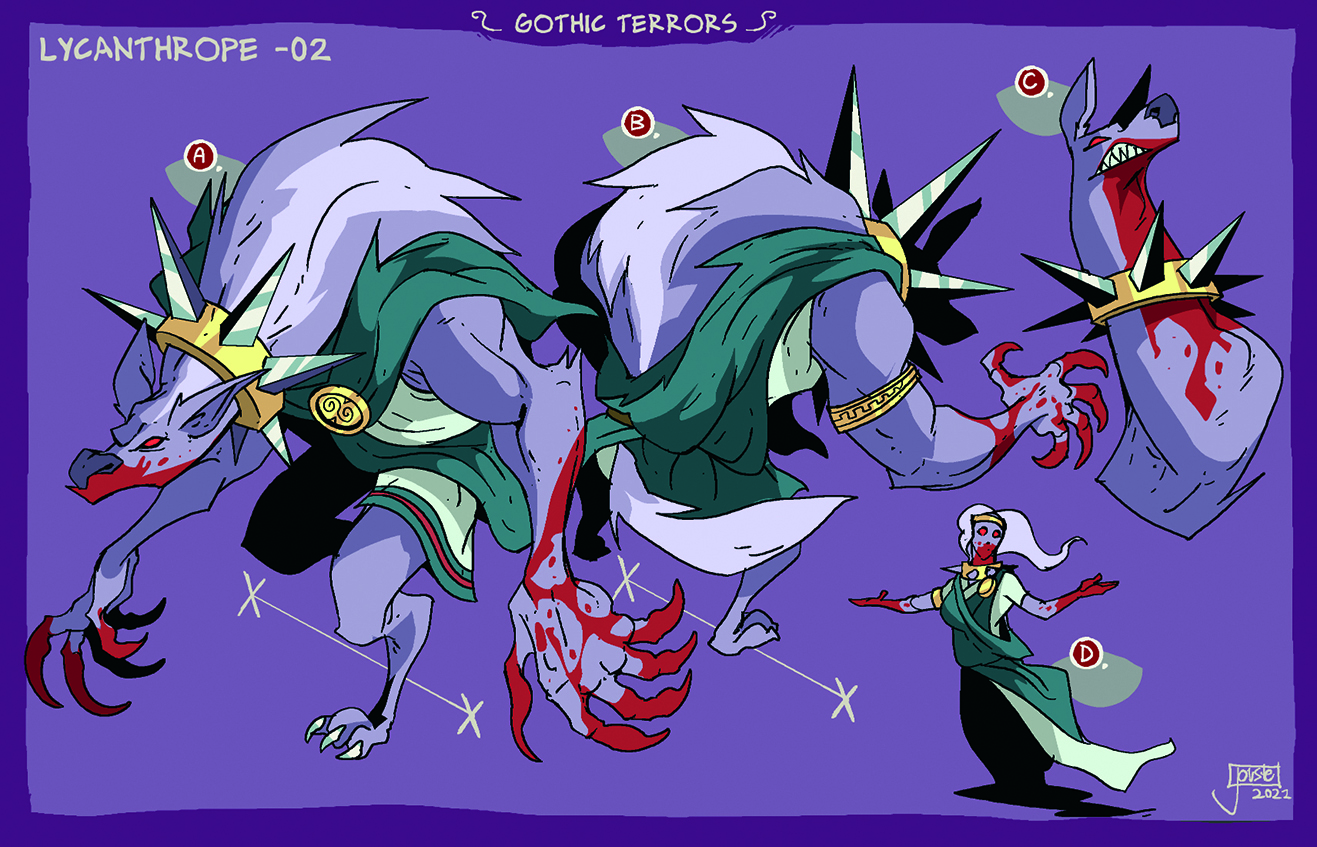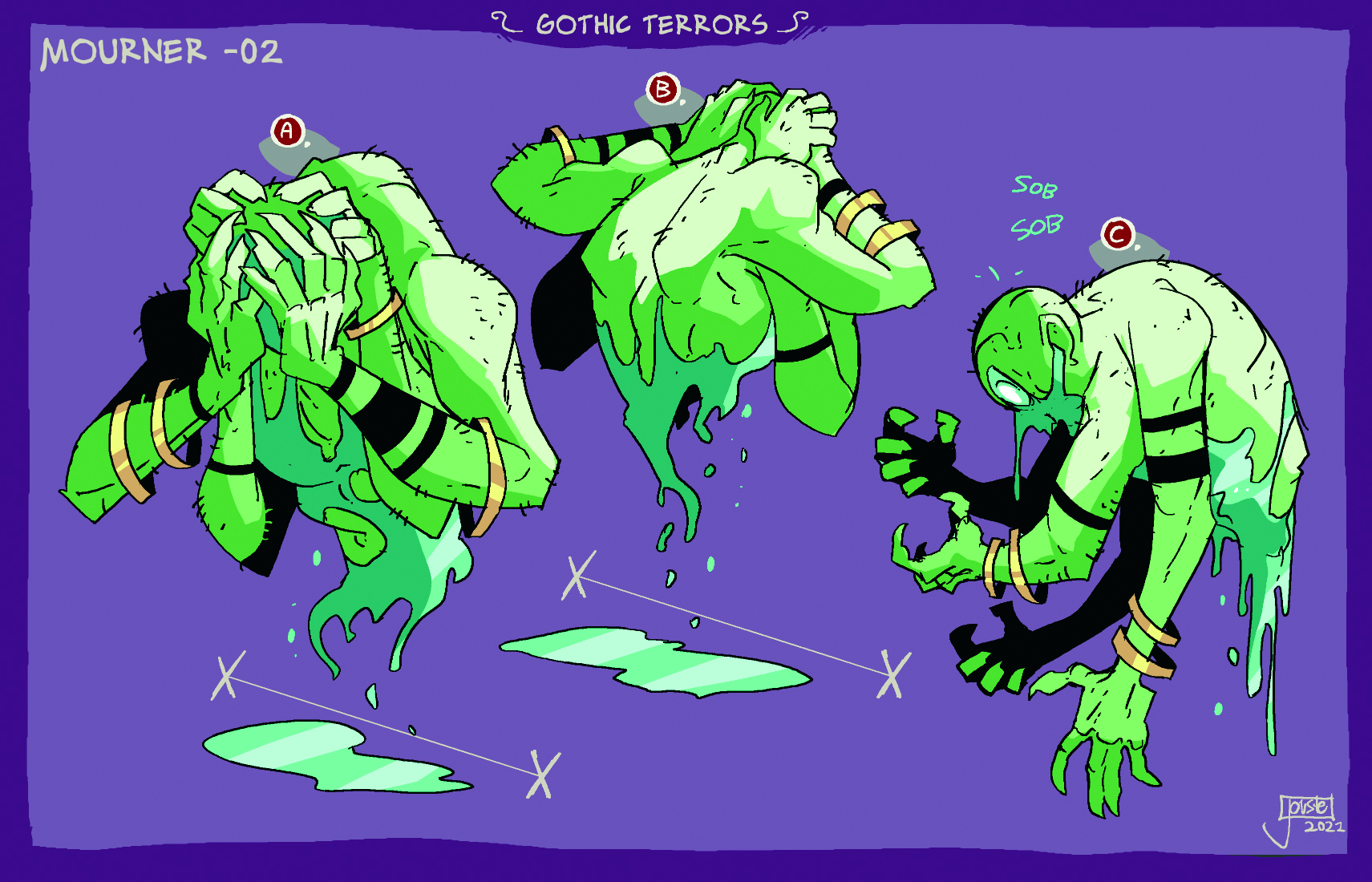"It's the perfect amount of creative challenge": How we made the Hades II artwork
Art lead Jen Zee discusses the process of delivering a contemporary twist on ancient Greek mythology and creating powerful female figures.

After the critics got their mitts on Supergiant Games’ first Hades entry, it was rightly acclaimed as a masterpiece, and not just for its stellar gameplay. The title took the studio’s signature art style and infused it into the tales of ancient Greek mythology, with the result an eyeball-satisfyingly engrossing way to tell its narrative.
This May saw the early access release of its sequel, Hades II. Supergiant’s art director Jen Zee and her team have hit the spot again, introducing brand new protagonist Melinoë while evolving the look of the original’s cast of deities.
In her role as Supergiant Games’ art director, Jen Zee has defined the studio’s
visual style since its first release, Bastion, hit the shelves in 2011, and her distinctive character designs for Hades have been central to its success. We caught up with her to discuss the process of delivering a contemporary twist on ancient Greek mythology, revisiting old friends, and creating powerful female figures.

What sort of conversations do you have about a character before coming up with their design?
Over the years, Greg (Kasavin's creative director) and I have developed a process that provides just enough creative boundaries to make appealing characters that fit the story, and also feel that they come from our hearts. From the start of development of the original Hades, we agreed that it was important to draw upon classical source material as the seed for our creative endeavours. So during the character design process, we’re both constantly referring to the original, oldest myths we can find.

Greg typically provides me with a short blurb on narrative context and personalities he thinks are in service of the game, as well as my favourite part: something we call the ‘tonality stack rank’. This lists the top three tonal qualities we want a character to embody at a glance: is a character meant to be scary, funny, easy-going, sad? And so on. Since we have a cast of over 30 characters, it’s important each be distinct, and this helps provide a clear way of setting them apart. For example, Odysseus’s tonal qualities were ‘rugged, cool, neighbourly’.
Once we have those ducks in a row, I get to drawing, and touch base with Greg as necessary to clarify any details. It’s really important that both of us are happy with the final design and feel they satisfy our narrative, design and artistic goals.

Is it more challenging to come up with a new design or to redevelop an existing one?
Coming up with a new design is super fun, but in general it’s much more challenging. You start with very little and have more problems to solve, and the sheer number of creative choices can sometimes feel overwhelming.
On the other hand, I’m a huge fan of time-skips in any media, and reinventing a character is essentially like getting an opportunity to visit an old friend. The creative problem-solving process is easier, coming up with answers to questions such as: how has the character changed between the two games? How have they stayed the same? Is there a design element I was excited about when creating the original that I never got to use? For me, it’s the perfect amount of creative challenge.

Presumably Melinoë’s design required the most iteration. Were there any particular designs that came together surprisingly quickly?
Although Melinoë’s design took the most iteration, it was perhaps less than you might expect. She showed up in an early mood painting during the first phases of pre-production, when the project was loosely constrained by our sense of the tone, basic plot and design philosophy.
I drew an illustration that tried to capture those elements and came from the heart. We adjusted Melinoë’s design a bit from there to properly suit the gameplay needs.

It feels like you’ve emphasised the physical strength of the women in the cast. Was there a desire for you to reflect the more prominent female influence in the story?
Knowing we wanted to tell a story about witchcraft and its connection to the underworld of ancient Greek lore, we naturally wanted to incorporate important figures found within that mythology, most of which are female. The fact that they appear so powerful is a result of Hades II’s narrative circumstances, the fascinating source material in the ancient myths about these characters, and my own instincts around drawing characters that I find interesting and appealing.
For example, Hecate is the goddess of witchcraft and magic, and in our game also a mentor, mother figure, leader of a secret rebellion against Chronos, and a powerful warrior. I knew she had to be immediately impressive, intimidating and badass.

One of the most important aspects though was for the character to look like someone that Melinoë, who is an accomplished witch herself, could look up to and learn both magic and martial skill from. As witches, they wouldn’t have the big, bulky muscles of a weightlifter, so I remember trying to incorporate the fierce, poised agility that Muay Thai fighters often exude.
As for Aphrodite, unlike in Hades, where she was probably lounging in a hot spring on Olympus the entire time, she and the other Olympians are now engaged in all-out war against the forces of Chronos. She’s geared up, weaponising her most powerful abilities as accessories to make it clear that she means business. Aphrodite takes to the battlefield in the Trojan War according to The Iliad (Homer’s ancient Greek epic poem), so she’s definitely no stranger to getting her hands dirty.
Daily design news, reviews, how-tos and more, as picked by the editors.

This content originally appeared in ImagineFX magazine, the world's leading digital art and fantasy art magazine. ImagineFX is on sale in the UK, Europe, United States, Canada, Australia and more. Limited numbers of ImagineFX print editions are available for delivery from our online store (the shipping costs are included in all prices).
Chris is a freelance journalist and editorial director at Lost In Cult.

